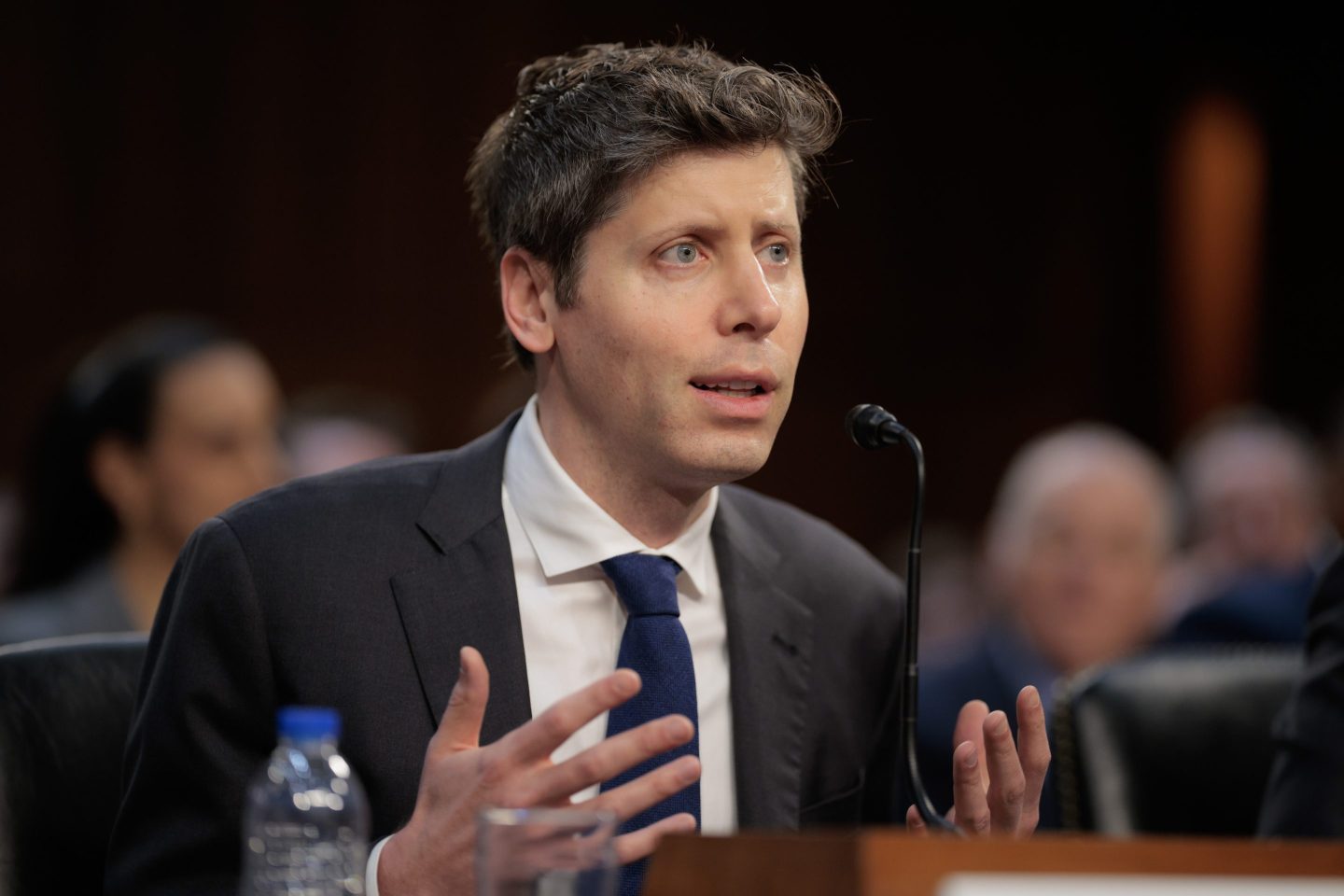The following is an excerpt from Mark Matson’s book Experiencing the American Dream: How to Invest Your Time, Energy, and Money to Create an Extraordinary Life.
Our brains are hardwired for survival. How do I know that? Those whose brains didn’t adapt to survive didn’t make it.
Our brains are busy dealing with the future that could happen. As you read this, your brain is focused on its primary job: making sure the bad future it’s worried about doesn’t occur. It’s always on the lookout. This is where most of that negative self-talk comes into play. Your brain is trying to talk you out of doing what’s challenging and convince you to take the easy path of least resistance because it’s safe. As soon as your brain perceives a possible threat, even if it’s imagined, it will take action to ensure you avoid it.
The cortex is the part of the brain responsible for logical reasoning, and when it perceives a threat, it shuts down, and the amygdala takes over. That’s the small, almond-shaped part of the brain that keeps you in a state of panic and fear. When we react to these real or imagined threats, it’s called an amygdala hijack. And human beings are one giant reaction. Those reactions are heightened during extreme conditions. Once that threat passes, the cortex will try to justify those actions as rational. It’s why we always have a good reason for doing what we do. We can justify our bad decisions to ourselves extremely well after the fact. This is where cognitive bias comes into play.
A cognitive bias is a systemic error or distortion in thinking that impacts our choices and judgment. Meir Statman, who has a Ph.D. in behavioral finance, put it this way: “Biases have to do with cases where the intuition that generally gets us right gets us wrong.” So, when you think you’re making conscious decisions about investing, your subconscious is calling the shots, and you’re succumbing to your cognitive biases. The subconscious brain makes up 95 percent of the mind. That’s a staggering percentage. Our rational mind, which only represents five percent, constantly tries to justify the thoughts and behaviors of our subconscious. Studies have shown that the impulse for some behaviors happens faster than the conscious mind can react. Far too often, the conscious mind doesn’t override the impulse.
The first step in combatting these biases is understanding what they are and how they work. If you don’t understand why you’re reacting in a certain way, it’s much more difficult to change your actions. There are 175 cognitive biases that can distort the way you see the world. Yes, that’s a lot, but here are some of the main ones that apply to investing you should be on the lookout for:
Hindsight bias
This is exactly what it sounds like. It’s the tendency to overestimate your ability to predict an outcome after the fact. “I knew this (terrible thing) was going to happen all along.” No, you didn’t. This is exactly what people said about the financial crisis in 2008, but nobody had a clue, or it wouldn’t have caused so much damage.
Hindsight is 20/20, so the next time you think, “Oh, I knew that was going to happen,” test yourself. Ask what you would have done had you really known the outcome. Because if you really knew your team was going to win the Super Bowl, you would have mortgaged your house to put a half-million dollars down on the game. If you had really known, you would have taken advantage of your knowledge. If you really knew what the right stock was in advance, you wouldn’t have bought any other stocks. You would have put everything you owned into that one stock you knew would be the best. But you had no idea, so you didn’t do any of that.
Hindsight bias tricks us into believing we have more skill than we do, which makes us more susceptible to irrational behavior going forward.
False patterning
This is the tendency to mistakenly perceive connections and meaning between unrelated things that do not exist. This is often the basis of superstition. If I do X, then Y is more likely to occur. It’s why Kansas City Chiefs quarterback Patrick Mahomes has worn the same underwear to every game of his NFL career. How much does that help? His brain may think it does, but in reality, X has nothing to do with Y. The problem is that our brains don’t want to accept randomness for what it is. Randomness is boring, so when events occur in clusters, we seek out an explanation in the form of a pattern.
Sometimes we look for patterns to avoid and other times we look for patterns to pursue. Ten thousand years ago, if you spotted a tiger in a nearby cave on three separate occasions, you’d probably avoid that cave. But, if you saw a herd of woolly mammoth make their way across the valley right before the onset of winter, you knew you could hunt that food source. Some patterns we avoid; others we run toward. That’s a useful instinct to develop, and for a long time throughout human history patterns were essential for our survival. Today, if you see that a mutual fund has outperformed the market three years in a row, you’d be more likely to put all of your money into that fund. That is not a useful instinct.
Today, we live in a different time with different circumstances, but our reasoning hasn’t adapted. We still live in survival mode, and our pattern-finding machines. The problem is that we’re now finding patterns that don’t exist. That’s why we must rely on statistics and math. For example, look at all that goes into the process of testing a new prescription drug for the marketplace. You can’t know its viability and the impact it has on real patients without statistics. The same is true with investing. We must rely on science and math because false patterns are everywhere.
Prestige bias
This is a big one I see with investors all of the time, and it occurs when people imitate investing models they believe will confirm their status and power. Meir Statman says, “Status seeking is very normal. People will deny it for themselves, but they can see it in other people.” In other words, this one can creep up on you, but if you can spot it, you got it.
As humans, we don’t come right out and say how wealthy and successful we are—at least most of us don’t. Instead, we surround ourselves with material possessions and status symbols that say those things for us. It’s one reason why people join country clubs, purchase houses in a certain area, or drive a specific type of car. It also influences how people invest their money. This is how Bernie Madoff got away with such egregious crimes for so long because investing with Bernie was considered “prestigious.”
Confirmation bias
There is a good chance you’ve been doing this since you first cracked open this book. It involves only being able to see information that supports your current position and beliefs. We’re always looking for evidence that tells us we’re right. And we all want to be right. We want to be right so badly that we will favor certain information and disregard other information to confirm those preexisting beliefs. That’s why two people can witness the same event and have two completely different interpretations of what happened. Think about a murder trial with video evidence and eye-witness testimony used to determine if the defendant committed murder or an act of self-defense. People can look at the same set of facts and have two very different opinions.
We always see the world through our screens and rely on what we already believe to interpret the information we perceive. That’s why confirmation bias is so toxic. You’ve already made up your mind, and that prevents you from considering any scientific or mathematical evidence that might threaten those beliefs.
Overconfidence bias
This is an undeserved exaggerated certainty or confidence in one’s skill or ability. There have been times when we’ve all been overconfident about something. It’s true; we are often delusional about our ability. I’ll prove it to you. Do you think you’re a good driver?
Most people answer yes to that question, and if you did as well, you aren’t alone. According to a AAA study, 73 percent of U.S. drivers consider themselves to be above-average drivers—80 percent of men. Do the math; more than half the population can’t be better than average at anything. I do this exercise during workshops, and sometimes, as many as 90 percent of the people in the room claim to be above-average drivers.
People can remain overconfident even when you tell them they will probably be overconfident about something. It’s just part of our DNA. So many investors are overconfident about how their portfolio will do. That bias prevents them from ever recognizing the flaws in their approach.
Excerpted with permission by the publisher, Wiley, from Experiencing the American Dream: How to Invest Your Time, Energy, and Money to Create an Extraordinary Life by Mark Matson. Copyright © 2024 Matson Money, Inc. All rights reserved. This book is available wherever books and eBooks are sold.












